Swiss researchers count homeless for the first time
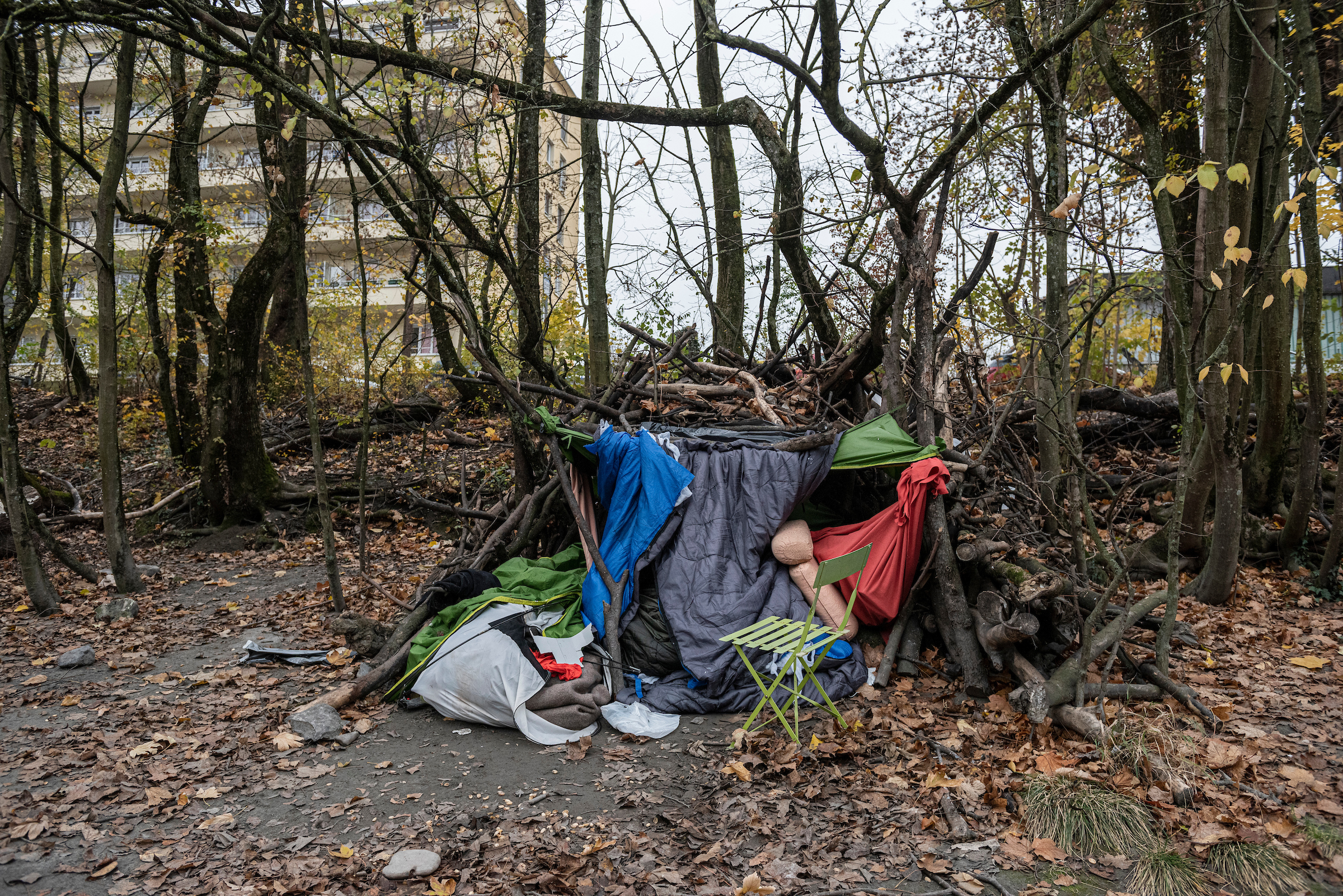
Homelessness is a difficult phenomenon to address and quantify. Some countries and cities keep records or make great efforts to help people on the streets, while others appear to do little. Despite being a wealthy country, Switzerland is not immune to the problem. How many homeless people live in the Alpine nation? A first nationwide survey hopes to find the answer.
Some countries, cities and local authorities do a great deal to help homeless people. In Canada a group of homeless people recently got a one-off cash handout of $7,500 (CHF5,200) as a social experiment to help them get back on their feet.
The New Leaf project selected 50 people who recently experienced homelessness in the Vancouver area and gave them the equivalent of the annual income assistance rate in British Columbia. One year later, compared to a control group who had not been given cash, the recipients saw greater improvements in housing stability, food security, and reliance on social services, a study foundExternal link.
The right to adequate housing is inscribed in the 1948 Universal Declaration of Human Rights, yet it’s estimated that 150 million people worldwideExternal link are homeless. And despite the country’s wealthy reputation, Switzerland is no exception: every winter, as temperatures drop, emergency shelters can’t meet the demand for warm beds, sparking a debate on the number of people living in the streets.
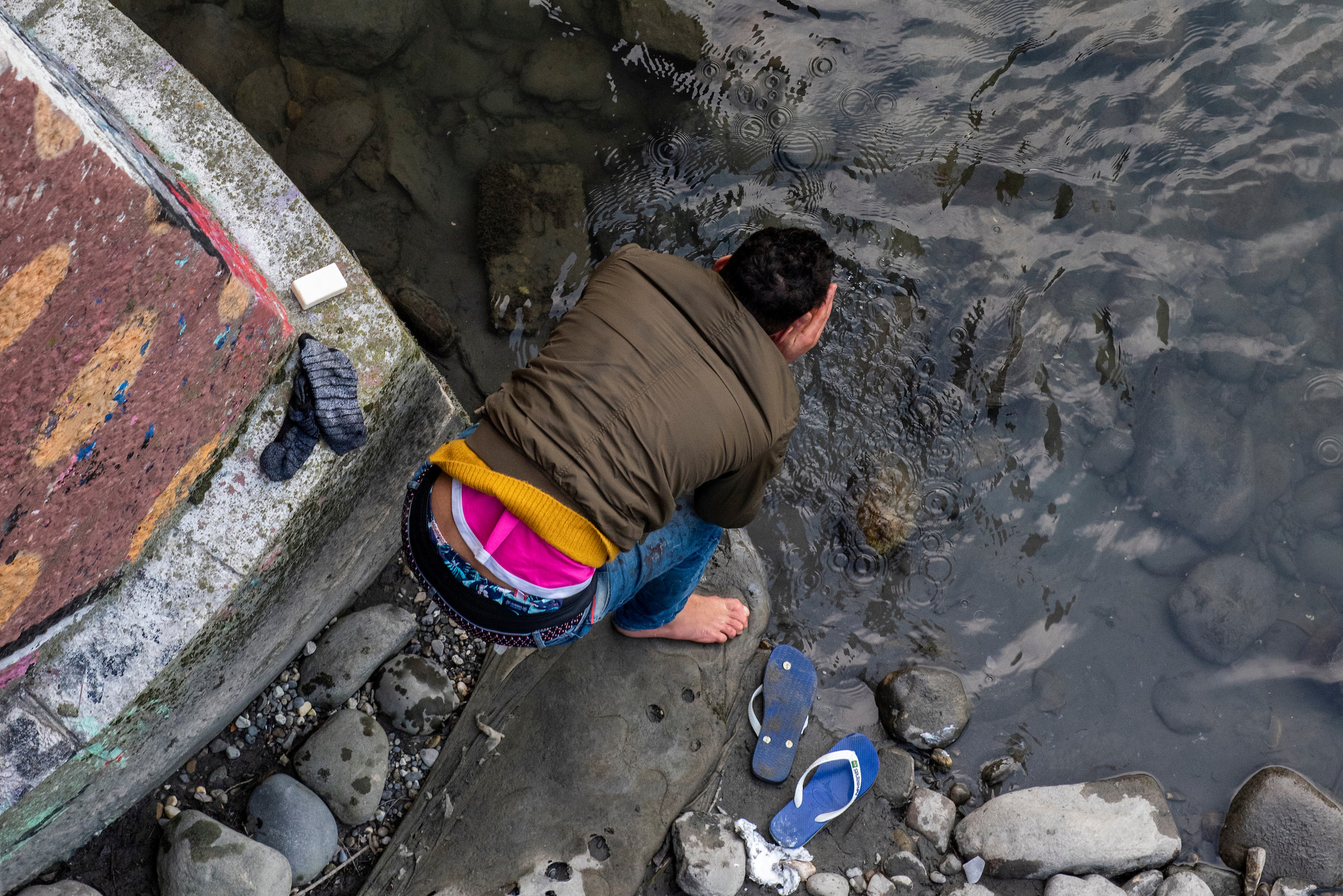
A population hard to pin down
While it’s not an easy task to successfully quantify nationwide homelessness, many countries in Europe and elsewhere have published at least an estimateExternal link. In 2017, the United States reported a homeless population of 553,700 (0.17% of the overall population), while there were 6,635 in Denmark (0.11%) and 11,000 in South Korea (0.02%). Other countries only mention the poverty rate: Switzerland is among them.
Researchers at the University of Applied Sciences Northwestern Switzerland (FHNW) are currently carrying out the first nationwide study to establish an estimate of homelessness in Switzerland. The team led by Professor Jörg Dittmann started the project at the beginning of 2020 and is expecting to have initial results gathered together next spring. The core of the study consisted in a series of in-person interviews held during the first week of December.
The research in the field
“We were trying to reach a population which is very difficult to reach: you can’t send people the questionnaire if they don’t have a home, which is sort of a standard survey technique,” explains Christopher Young, who coordinated the interviews.
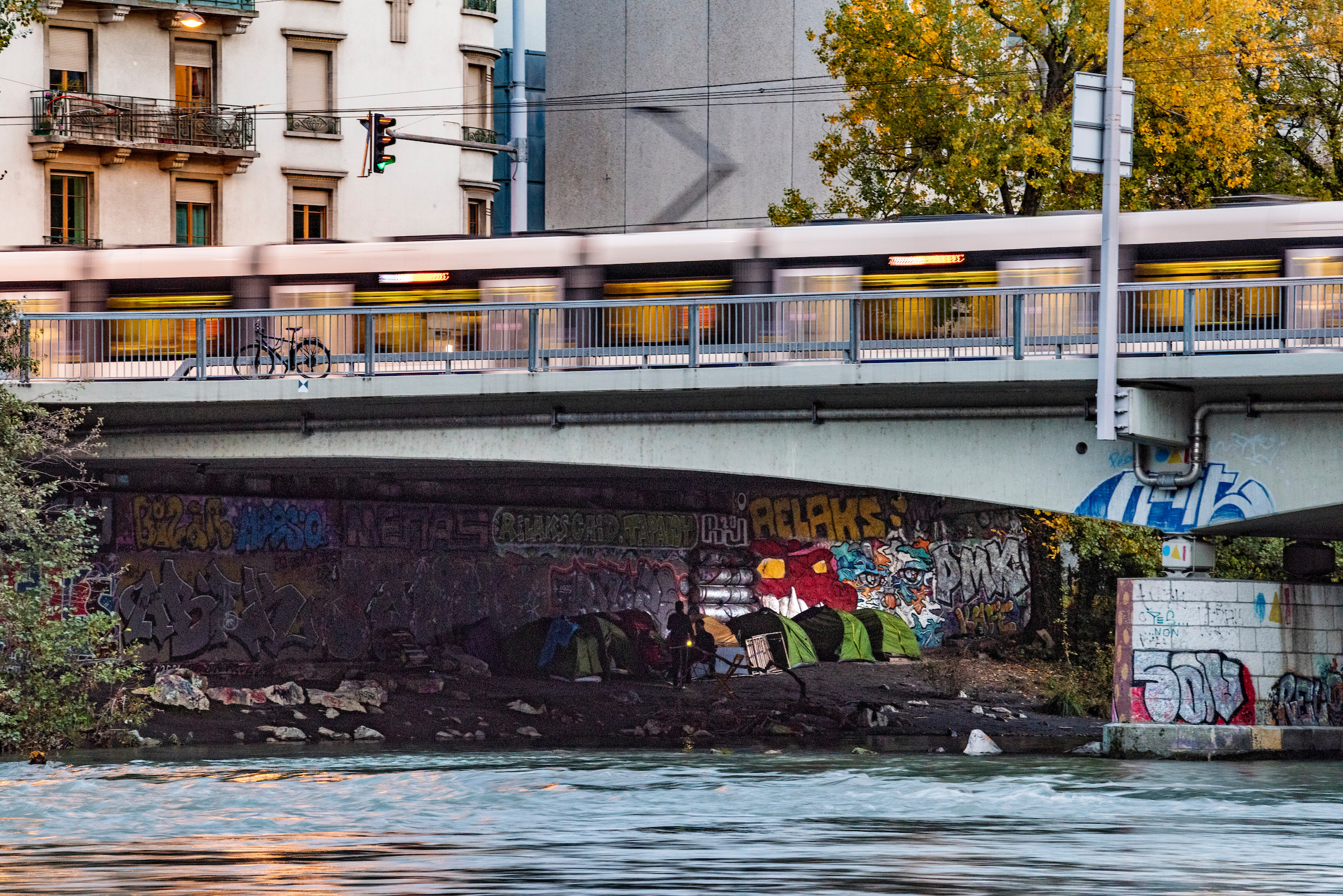
“Just giving them a 10-page questionnaire and a pen wasn’t going to work. Usually these people have other worries,” says Young, stressing how language and educational background can also differ among this population. “Of course there were people who refused to participate. But in general, there was a lot of goodwill towards the interviewers.”
The researchers selected 50 institutions in six major Swiss cities – Geneva, Lausanne, Basel, Bern, St Gallen and Lugano. Soup kitchens, emergency shelters and medical institutions were visited by 85 interviewers, who sat down with people and talked them through a short and a longer questionnaire, in a structured anonymous interview setting.
The participants were given CHF5 ($5.66) to complete a 15-minute questionnaire, which worked as a filter to identify those who had slept outside or in an emergency shelter the night before. These, considered the homeless target group, were then asked to complete a second, longer questionnaire, for CHF10.
In some institutions, at least half of people present accepted to answer the interviewers’ questions. “I think the general positive attitude towards the study shows that [participation] wasn’t mainly a financial issue, but also an opportunity for people to tell their story and to talk about themselves, even though it’s a structured interview,” says the researcher.
Data from the interviews hasn’t been analysed yet but the team kept track of the overall volume of guests in these institutions, in order to assess what percentage took part in the survey. Their intermediate results will be compared to the figures provided by city institutions dealing with homelessness, before final numbers are calculated.
Challenges of the research
How homelessness is addressed varies from country to country. Dittmann, who headed up the FHNW project, is also part of the European network of Measuring homelessness in EuropeExternal link, and could thus compare methodologies and find the best way to research the topic in Switzerland.
“In Berlin, Paris, or Brussels, they’ve done big street surveys where people counted the homeless sleeping outside,” explains Young. “We decided not to do that, for various reasons, mainly because we didn’t have enough resources.”
“Each method of counting homelessness always has gaps.”
Northern European countries are more consistent in their surveys. “There are Scandinavian countries that have registered homelessness. From Denmark, I think, we see numbers regularly every two years. But there’s always different definitions and each definition and each method of counting homelessness always has its gaps,” says Young.

In Switzerland, the available data often only concerns an institution, and rarely a whole city. Previous research by the same university estimated that around 100 people sleep outside or in emergency shelters in Basel. The city of Zurich estimated that at least a dozen people sleep on the street all year round.
What comes after
If homelessness is difficult to find and quantify, it doesn’t mean it’s useless to address it. On the contrary: “Our aim is to provide data for social change, certainly for reviewing or even creating policy towards homelessness,” says Young. “This might have been a reason which motivated some people to participate ; it was certainly a motivation for some institutions.” For a situation to change it first has to be known.
In a resolution adopted on November 24External link, European parliamentarians in Brussels called on the EU and its member states to eradicate homelessness by 2030. Switzerland doesn’t yet have a nationwide policy on homelessness. The researchers hope their results will bring a change in policies.
“One direction we could definitely go in to improve the situation would be to offer homeless people a more integrated approach,” points out Young, explaining how despite the myriad of institutions that cater to their needs today, the population is still forced to be constantly on the move from one warm spot to the next.

In compliance with the JTI standards
More: SWI swissinfo.ch certified by the Journalism Trust Initiative









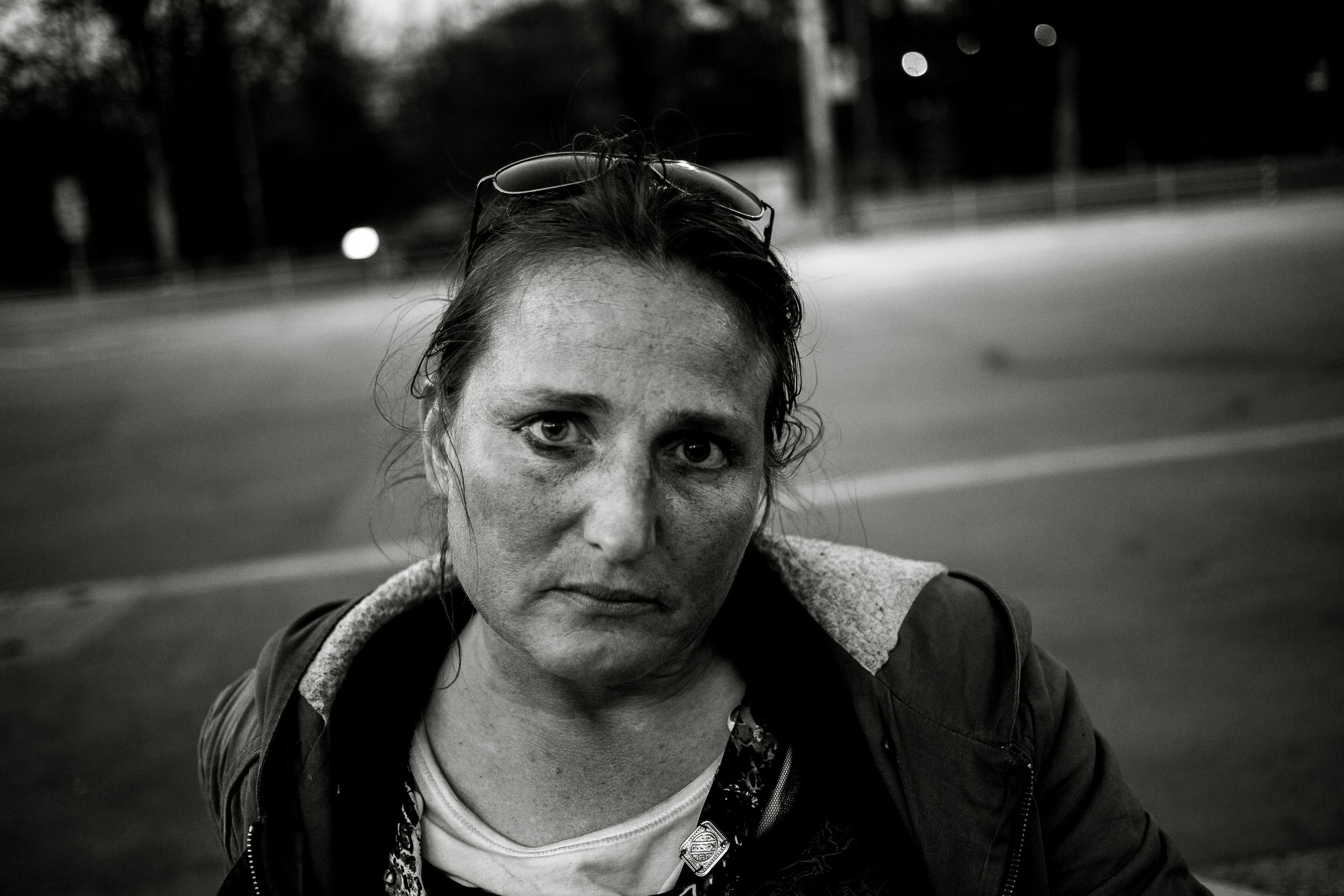
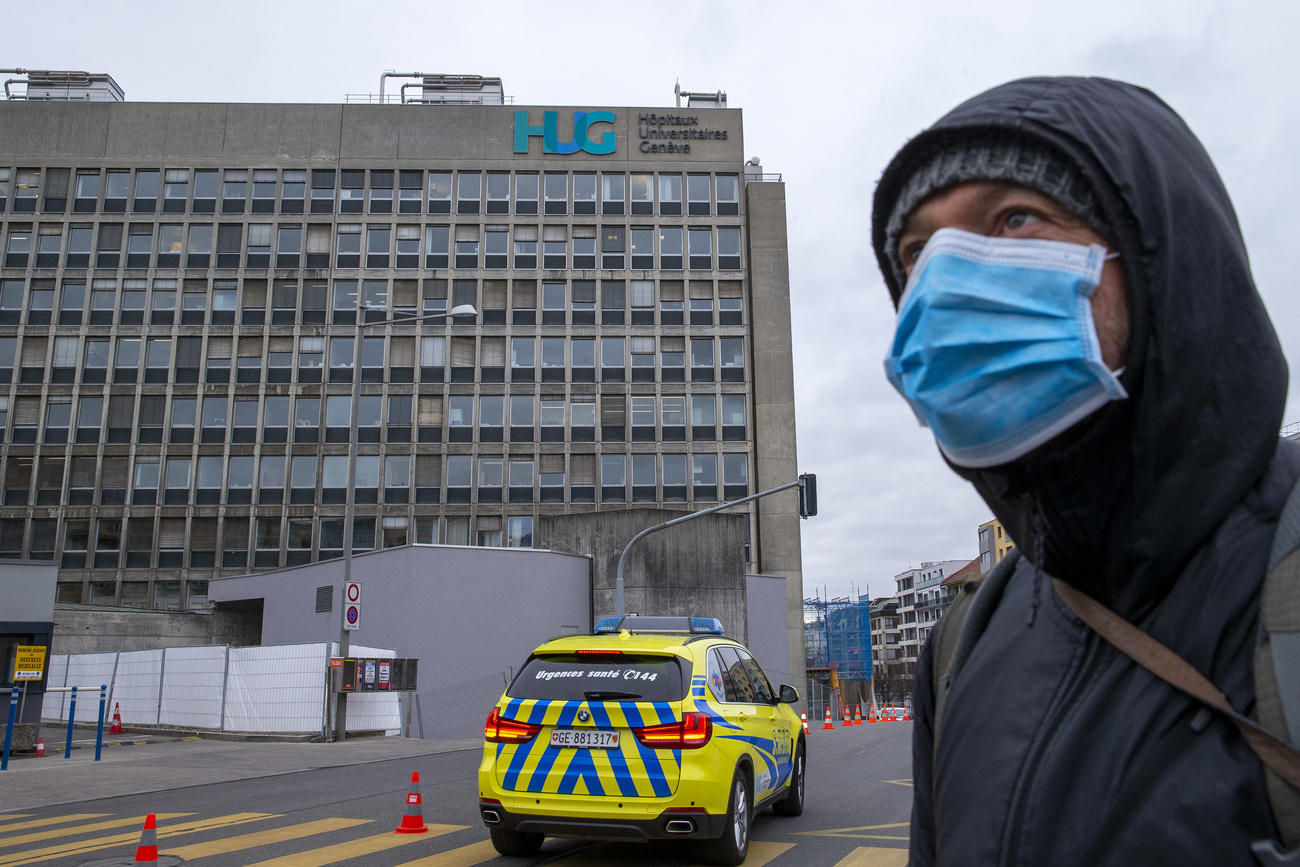

You can find an overview of ongoing debates with our journalists here . Please join us!
If you want to start a conversation about a topic raised in this article or want to report factual errors, email us at english@swissinfo.ch.